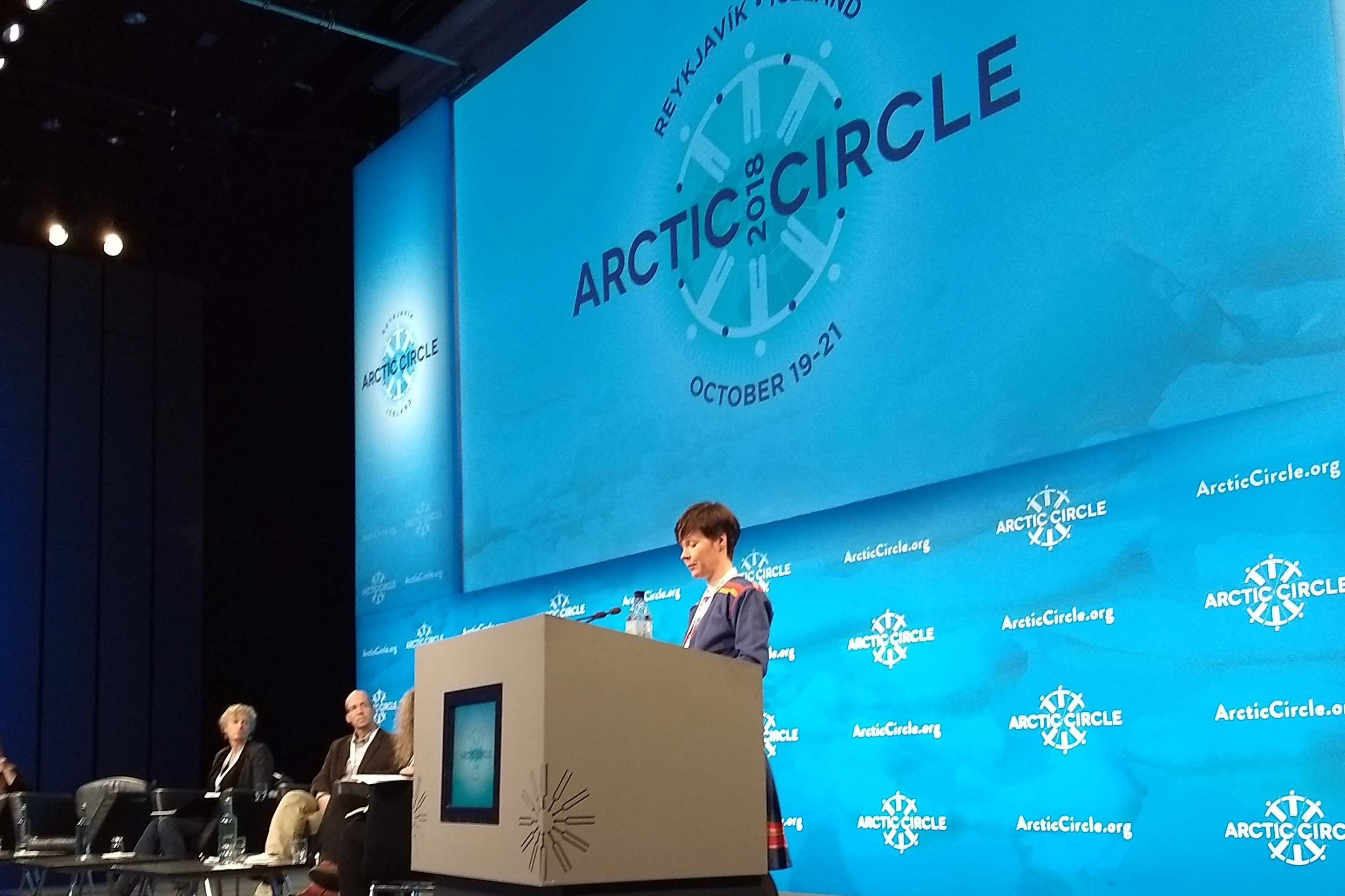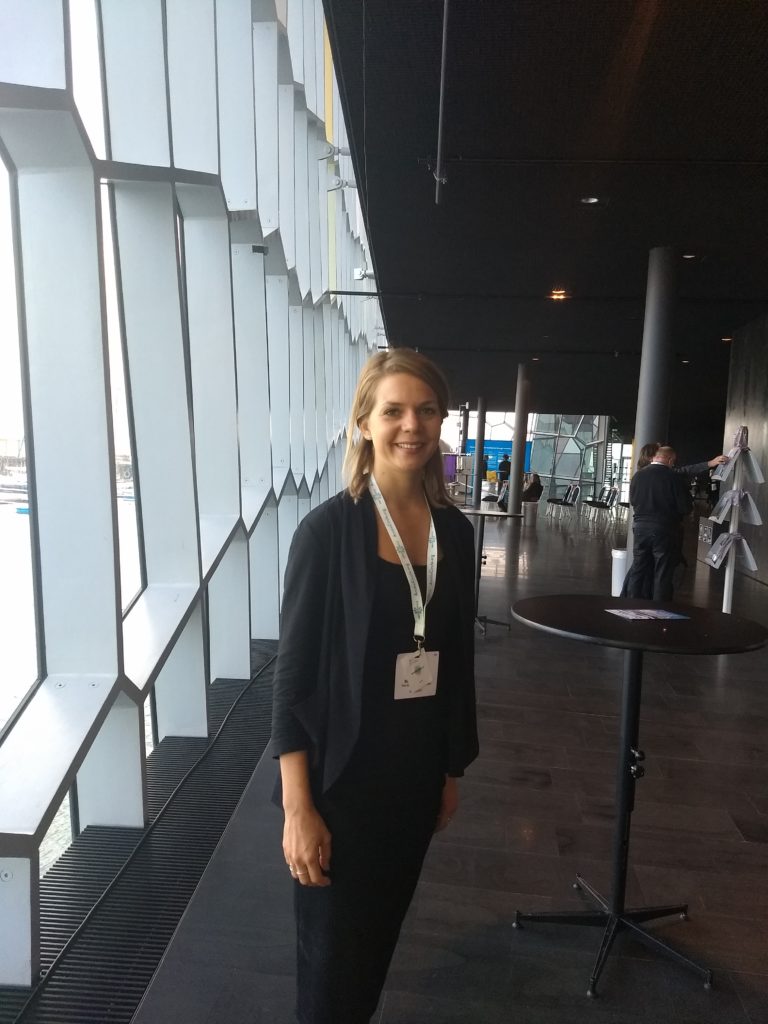Meet the researcher who wants to find out whether Arctic conferences are worth it
Beate Steinveg is trying to measure the effectiveness of conferences like the Arctic Circle Assembly and Arctic Frontiers.

The last panel ended, the conference center Harpa grew quiet, and the Arctic Circle Assembly concluded another year.
But how effective was it — and how do you even measure that?
That’s exactly what Beate Steinveg, a doctoral candidate at the University of Tromsø, wants to find out. She’s in the middle of a four-year research project on the effectiveness of conferences like the Arctic Circle Assembly in Reykjavik and Arctic Frontiers in Tromsø.
“Our focus, right now, is to establish the impact of conferences — the broader impact on Arctic governance,” she said, adding with a laugh, “Which is difficult.”
It’s tough to measure the outcomes of conferences like these in part because many different people from different regions and backgrounds attend — and each person has a different goal in mind.
But Steinveg conducts interviews with conference attendees to see what they hope to get out of conferences and what actually happens at them.
“For instance, I’m looking how conferences can complement, push or nudge the agenda in one direction,” she said. One example was the recently released UN climate report.
“That is high on the agenda — everyone is talking about it,” Steinveg said.
“Maybe the conference can be a venue where everyone is saying, ‘Oh, we need to act now.’ Maybe it can contribute to pushing a bit towards action.”

Steinveg also tracks the release of new Arctic policies and documents, and how states use conferences to raise awareness around what they’re doing.
“The most interesting thing that I’m looking at is actor constellations,” she said. In other words: how different people and nations connect to each other and promote themselves.
“States that are not members of the Arctic Council, they tend to use the conferences more aggressively, you can say, to promote their interests and what they’re doing,” she explained.
Those interests vary; not everyone attends for governance. Others view conferences as business opportunities where they can connect with potential buyers or investors.
“The Arctic region depends on foreign investment, so conferences can be arenas to make those connections and to attract investments to them,” Steinveg said.
One criticism of the Arctic Circle Assembly is that no formal agreement results from it.
“It’s a fair criticism,” Steinveg said. “But at the same time, it is an informal arena. You can’t expect there to be a binding agreement to come out of this.”
In fact, that informality is one of the best aspects of these conferences, she added. “It’s useful to have an informal arena where you don’t have to watch what you say so much.”
Conferences are particularly useful in bringing together policymakers, scientists, businesspeople and others, she said.
“Especially, I think, the Arctic Circle is good for that, because everyone is mixed together at all times,” she said. “There’s no different policy days or science days.”
This interplay can also make conferences a good place for “trading perspectives and listening to different world views,” she explained. For instance, she attended one session — a discussion between indigenous and scientific communities on the effect of expeditions on local communities — where things got a bit heated.
“Conferences can be a low-threshold arena to vent out those perspectives,” she said. “And maybe people go home and reflect about the discussions, and change their behavior.”
One particular strength of the Arctic Circle Assembly is the location.
“Iceland is very geographically well-situated between the east and the west, so you have easy flight connections,” she said.
The conference center Harpa itself also helps. Most of the sessions are in one building, which encourages more interaction between the attendees.
And the stunning ocean views from the floor-to-ceiling glass windows aren’t just a pleasant backdrop for these conversations.
“You are very close to nature; you are feeling the Arctic,” she said.
In Reykjavik, overlooking the water, the Arctic isn’t just a concept — it is a real place, right outside your window.
“For the non-Arctic states and people who come here, I think that is also a benefit,” she said.
“You get a real perception of what it means when people are talking about the Arctic.”